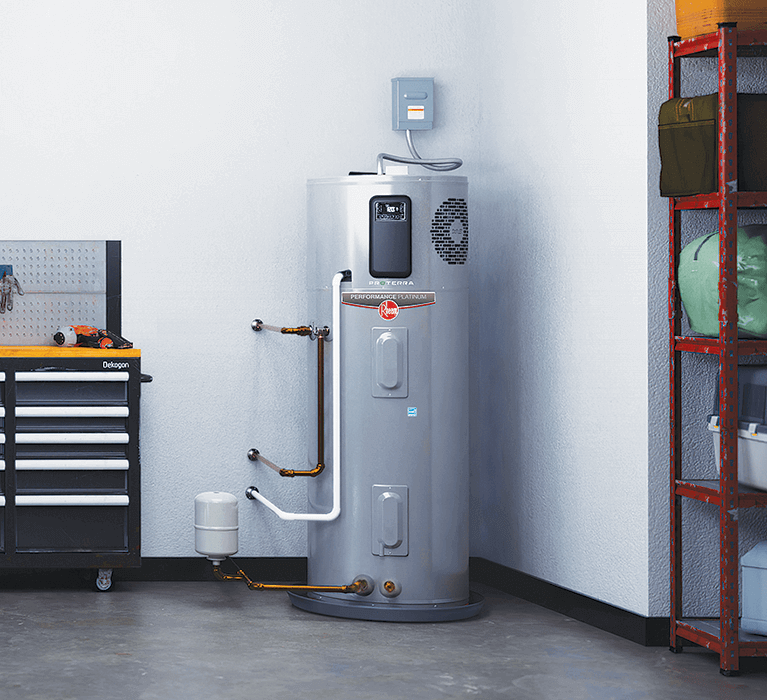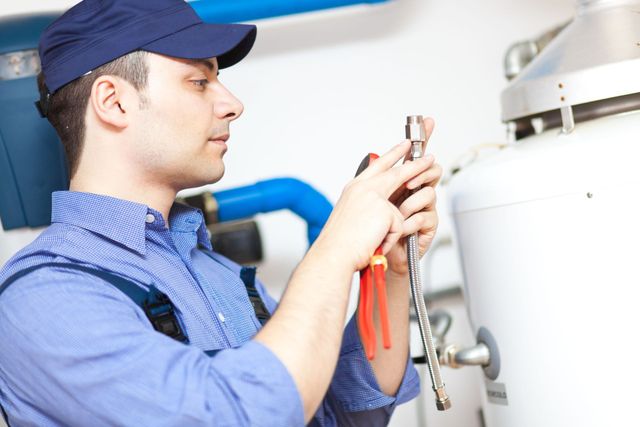Expert Advice on Maintaining Your Home's Hot Water SystemSimple Ways to Care for Your Home's Hot Water System Effectively
Expert Advice on Maintaining Your Home's Hot Water SystemSimple Ways to Care for Your Home's Hot Water System Effectively
Blog Article
Nearly everybody is bound to have their own unique piece of advice involving Tips For Maintaining Your Hot Water Heater.

Warm water is crucial for day-to-day convenience, whether it's for a revitalizing shower or washing dishes. To guarantee your warm water system runs effectively and lasts longer, routine maintenance is essential. This short article offers practical tips and understandings on just how to keep your home's hot water system to prevent disruptions and costly repair work.
Introduction
Keeping your home's warm water system may seem daunting, yet with a few easy steps, you can guarantee it runs smoothly for years ahead. This overview covers whatever from recognizing your warm water system to DIY maintenance suggestions and knowing when to call specialist assistance.
Importance of Keeping Your Hot Water System
Normal maintenance not just extends the life-span of your hot water system yet also guarantees it operates successfully. Overlooking upkeep can lead to decreased performance, higher power bills, and even early failing of the system.
Indications Your Warm Water System Needs Upkeep
Knowing when your hot water system requires attention can stop significant issues. Watch out for indicators such as irregular water temperature, odd noises from the heating system, or rustic water.
Purging the Water Heater
Purging your water heater eliminates sediment build-up, improving performance and prolonging its life.
Monitoring and Replacing Anode Rods
Anode poles prevent deterioration inside the tank. Checking and changing them when worn out is vital.
Complex Problems Requiring Expert Assistance
Examples include major leakages, electric problems, or if your water heater is constantly underperforming.
Regular Specialist Maintenance Advantages
Expert upkeep can include extensive assessments, tune-ups, and making certain conformity with safety and security standards.
Evaluating and Adjusting Temperature Settings
Changing the temperature level setups makes certain optimum performance and safety.
DIY Tips for Maintenance
You can do several maintenance tasks yourself to maintain your warm water system in leading condition.
Checking for Leaks
Consistently evaluate pipes and connections for leaks, as these can cause water damages and higher bills.
Comprehending Your Warm Water System
Prior to diving into upkeep jobs, it's helpful to understand the basic components of your hot water system. Usually, this includes the water heater itself, pipelines, anode poles, and temperature level controls.
Month-to-month Upkeep Tasks
Normal monthly checks can help catch minor problems before they rise.
Examining Pressure Relief Valves
Testing the stress safety valve guarantees it functions correctly and stops too much stress build-up.
Shielding Pipelines
Shielding warm water pipelines reduces heat loss and can save energy.
When to Call an Expert
While DIY maintenance is advantageous, some concerns call for specialist experience.
Verdict
Normal maintenance of your home's hot water system is essential for effectiveness, longevity, and price financial savings. By complying with these pointers and recognizing when to seek professional assistance, you can ensure a trustworthy supply of hot water without unexpected interruptions.
How to Maintain an Instant Hot Water Heater
Before tinkering with your hot water heater, make sure that it’s not powered on. You also have to turn off the main circuit breaker and shut off the main gas line to prevent accidents. Also turn off the water valves connected to your unit to prevent water from flowing into and out of the appliance. 2. When you’re done, you have to detach the purge valves’ caps. These look like the letter “T” and are situated on either side of the water valves. Doing so will release any pressure that has accumulated inside the valves while at the same time avoid hot water from shooting out and burning your skin. 3. When the purge valves’ caps are removed, you have to connect your hosing lines to the valves. Your unit should have come with three hoses but if it didn’t, you can purchase these things from any hardware or home repair shops. You can also get them from retail stores that sell water heating systems. Read the user’s manual and follow it to complete this task properly. When the hosing lines are connected, open the purge port’s valves. 4. You should never use harsh chemical cleaners or solutions when cleaning your unit. Make use of white vinegar instead. It should be undiluted and you’ll probably use about 2 gallons. 5. Now flush your water heater. This task should probably take about 40 minutes. We can’t give you specific directions for this because the procedure is carried out depending on the type, model and brand of your heater. With that being said, refer to the user’s manual. 6. When you’re done draining the unit, you have to turn off the purge port valves again. Remove the hosing lines that you earlier installed on each of the water valves. Put the valve caps (purge port) back in their respective places and be very careful so as not to damage the rubber discs that are found inside these caps. 7. Now that everything’s back in place, check your user’s manual again to find out how to reactivate your water heating system. 8. Once it is working, turn one of your hot water faucets on just to let air pass through the heater’s water supply pipes. Leave the tap on until water flows smoothly out of it. https://www.orrplumbing.com/blog/2014/september/how-to-maintain-an-instant-hot-water-heater/

Hopefully you enjoyed our post on How to Maintain a Hot Water Heater in a Few Simple Steps. Thank you for finding the time to read through our blog. Sharing is caring. Helping others is fun. Thanks for going through it.
Click Here Report this page